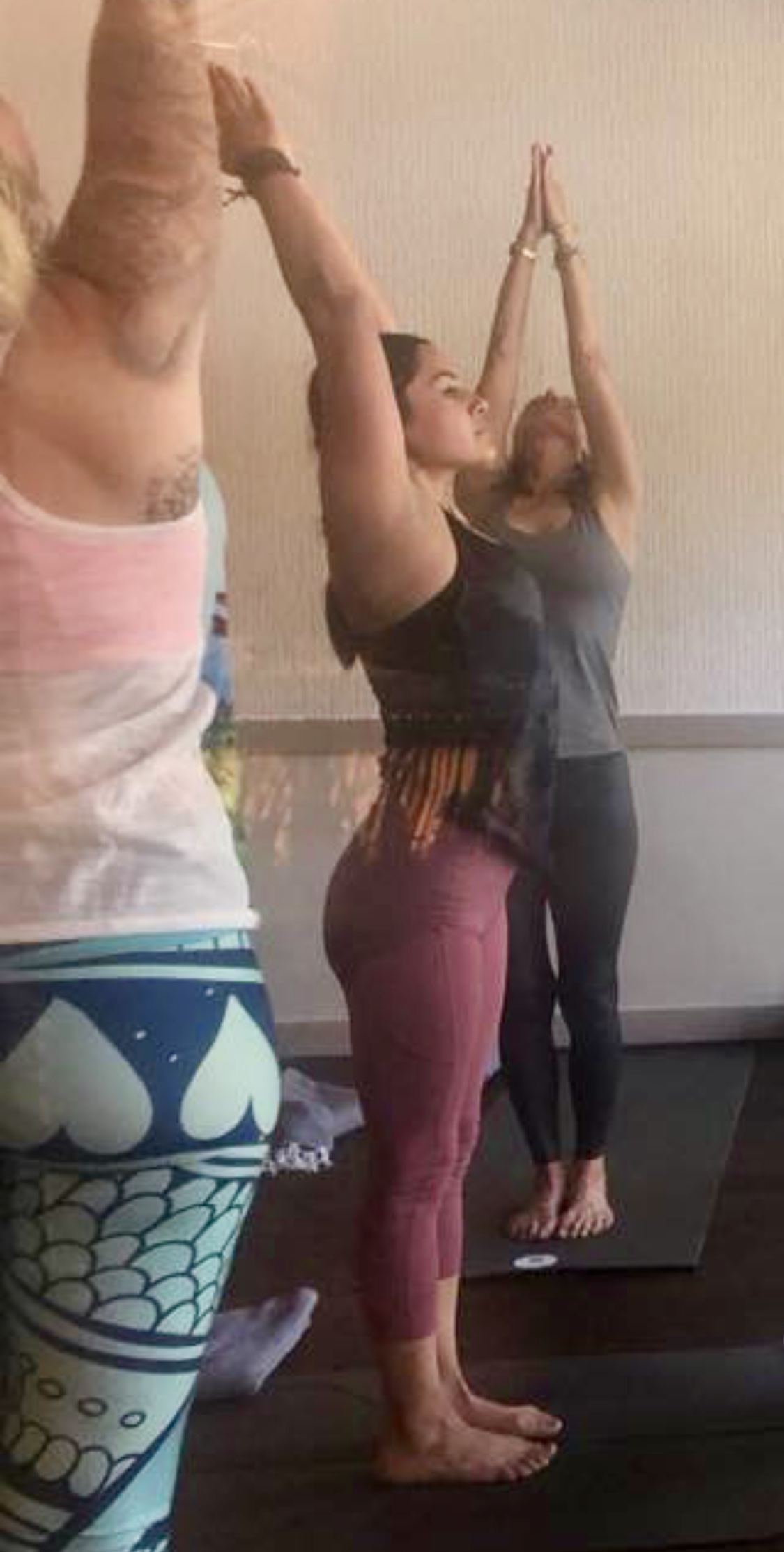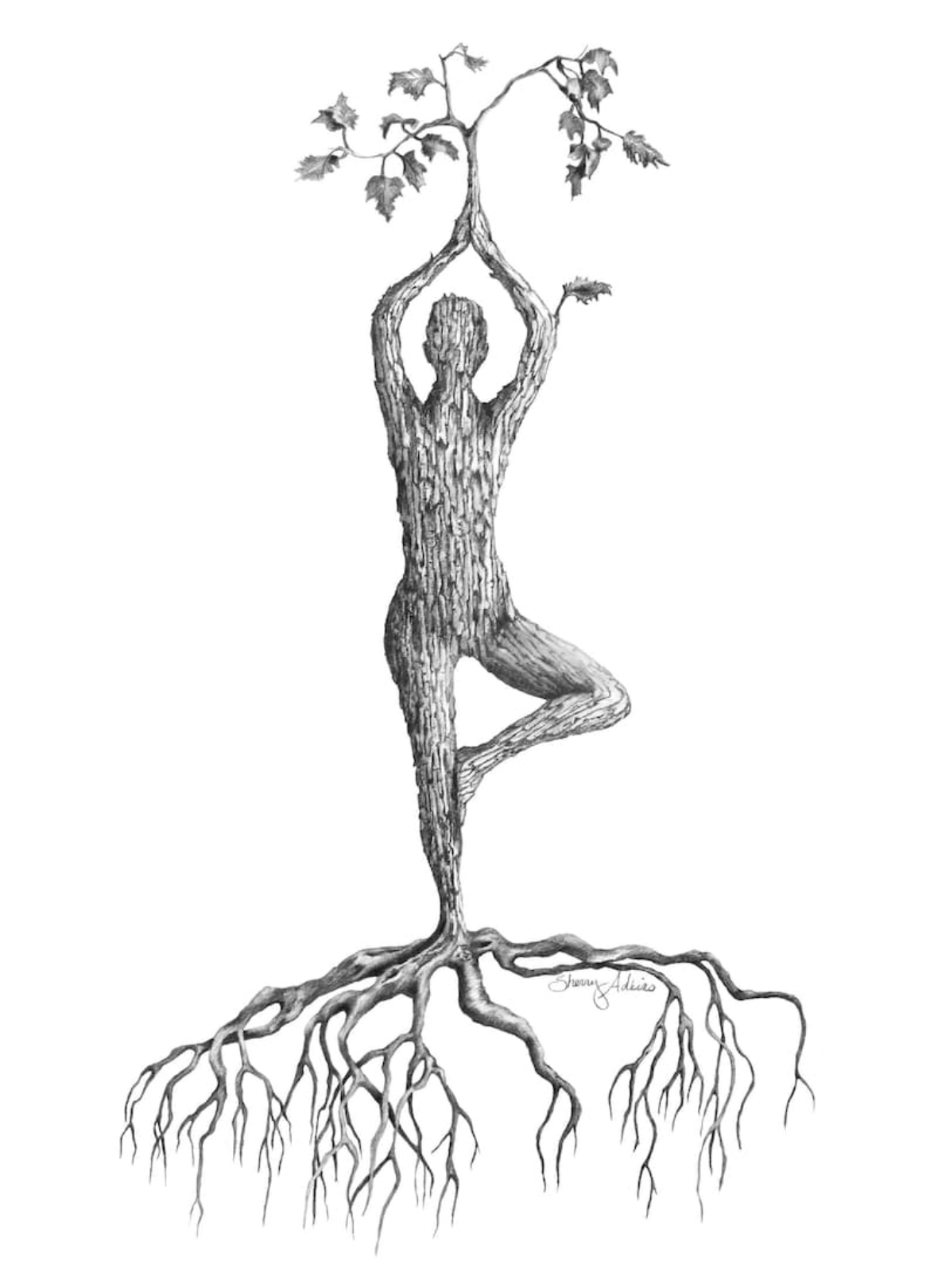Transitioning to Healthy Changes
The stakes for modifying human health are high. According to Healthy People 2020, in 2008, 107 million Americans almost 1 out of every 2 adults age 18 or older, had at least 1 of 6 reported chronic illnesses:
- Cardiovascular disease
- Arthritis
- Diabetes
- Asthma
- Cancer
- Chronic Obstructive Pulmonary Disease
Obesity, stress, smoking, poor nutrition, binge drinking, drug abuse, unprotected sex, and a sedentary lifestyle are contributing factors of chronic disease. Our attitudes, beliefs and perceptions often influence destructive behavior. In 2008, individuals in the United States reported on average 7 physically and/or mentally unhealthy days within a month.
Despite the looks of this downward spiral, medical experts predict that this next century will be the era of behavioral change. When individuals take charge of their health by breaking unhealthy habits and to some degree, end the mad romance with self-destruction.
Understanding Health Behavior
Thanks to decades of research, our understanding of change sets the stage for progress and the key to lasting change. We also know that personal change is not magical or made out of brute determination, but it is a science that anyone can master. There are three types of influences that shape behavior: predisposing, enabling and reinforcing factors.
- Predisposing Factors. This is a term that includes attitudes, beliefs, and perception. Unfortunately, knowledge isn’t enough to cause most poerple to change their behavior. Just take a look at smokers. They may not like the expense, segregation, or even how cigarettes effect their breathing, yet they continue to puff away. Beliefs are most likely to change health behaviors when susceptibility, severity, or when a benefit is associated with health. However; there can be a gap between stated and actual beliefs, such as the disassociation of self with a consequence, ie., “that could never happen to me.”
- Enabling Factors. These are skills, resources, accessible facilities, physical and mental capacities. To initiate a change, the means to reach the goal should seem accessible. Taking the task and breaking it into step-by-step strategies is an important process for change.
- Reinforcing Factors. Feeling better! Praise from family and friends, rewards and encouragement keep the motivation flowing. Recognition and a sense of achievement make a difference too, but most importantly, the spark that comes from within.
This spark is a change of perception leading to a decision that improves health. It’s the flame that grows into a burning desire to form a permanent positive goal. Its not one to please or impress someone else, but one that transforms concrete feet into wings. The mind is yours to use to improve your thoughts. David Frawely
Breaking It Down
Psychologist James Prochaska and his colleagues marked the stages in the successful recovery of drug addicts and alcoholics by developing a way of thinking about change that cuts across psychological theories. The Transtheoretical Model focuses on the universal aspects of an individual’s decision-making process rather than on social or biological influences on behavior. The stages of change that people go through usually cycle and recycle several times.
- Processes of change are cognitive and behavioral activities that facilitate change.
- Self-efficacy is the confidence people have in their ability to cope with the challenge.
The transtheoretical model involves a series of behavioral changes that can be thought of as a progression through a series of stages:
- Precontemplation: Unaware of problem, not thinking of or wanting to change.
- Contemplation: Aware of problem and thinking about taking action.
- Preparation: Getting emotionally ready. Intending to act.
- Action: Taking the necessary action.
- Maintenance: Keeping up the necessary action. Not backing out or slowing down.
- Termination: (I would rather call this stage, “transformation”) Arriving at the desired new behavior, now so deeply ingrained that it’s the norm.
This model is particularly helpful when a person is not so willing to change.
Example: An addict starts out happily addicted, but then gradually becomes aware of the dark side. He thinks about it for a long time before realizing he must act. It may still be a while before he really moves forward and might even drop-out and go back to the addiction. With support, however; the individual can get through the treatment and finally improve.
If you are considering helping someone, think about where they are at the moment and take the next step, dont just push them straight into action.
Processes of Change
The process of change is a major dimension of the transtheoretical model that enables us to understand how shifts in behavior occur. Each process is a broad category of techniques and interventions. Numerous studies have shown that successful self-changers employ different processes at each particular stage of change. The ten processes of change are consciousness raising, counterconditioning, dramatic relief, environmental reevaluation, helping relationships, reinforcement management, self-liberation, self-reevaluation, social liberation, and stimulus control.
Having a choice means exercising your freedom. What you eat, what you think, what you say and what you do is your own charted course. A counterintuitive habit may seem like a convenient escape until ti turns into a prison.
Fly, live free.
Peace.
*Bibliotherapy is an old concept in library science. The ancient Greeks believed that literature was psychologically and spiritually important describing the library as a healing place for the soul.
*Fading is a practice that is utilized as a form of behavior modification therapy. It allows for a habit to be slowly taken away as the new stimulus is presented. The new stimulus overrides the old one with successful modification.
Cancer Prevention Research Center. (2013). Transtheoretical Model, Process of Change. Retrieved: 1/20/2013. http://www.uri.edu/research/cprc/TTM/ProcessesOfChange.htm.
DiClemente, C. (2012). Health and Addictive Behaviors. Investigating the Transtheoretical Model. The HABITS lab. University of Maryland, Baltimore County.http://www.umbc.edu/psyc/habits/content/about_us/index.html.
Hales, Dianne. (2012). An Invitation to Health. Waadsworth: Belmont, Ca.
Heron MP, Hoyert DL, Murphy SL, et al. (2012). Deaths: Final data for 2006.
Natl Vital Stat Rep. (2009). 57(14). Hyattsville, MD: National Center for Health Statistics.Idler E, Benyamini Y. Self-rated health and mortality: A review of 28 studies. J Health Soc Behav. 1997;38(1):.
Prochaska J.O. and DiClemente C.C. (1982). Trans-theoretical therapy toward a more integrative model of change. Psychotherapy: Theory, Research and Practice 19(3):276-288





